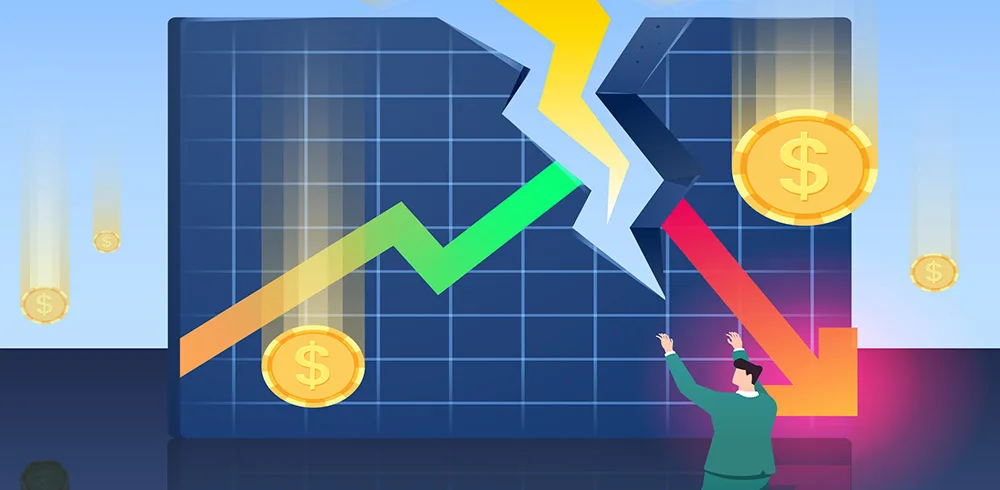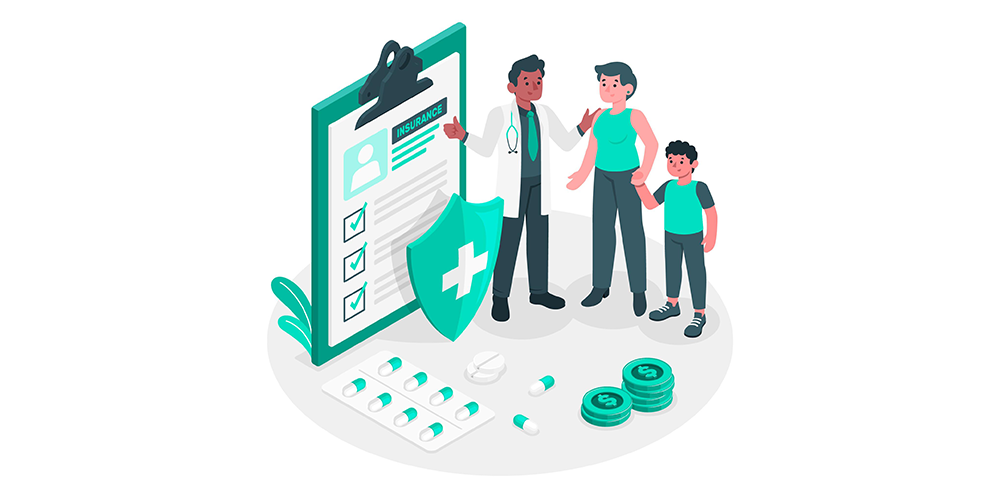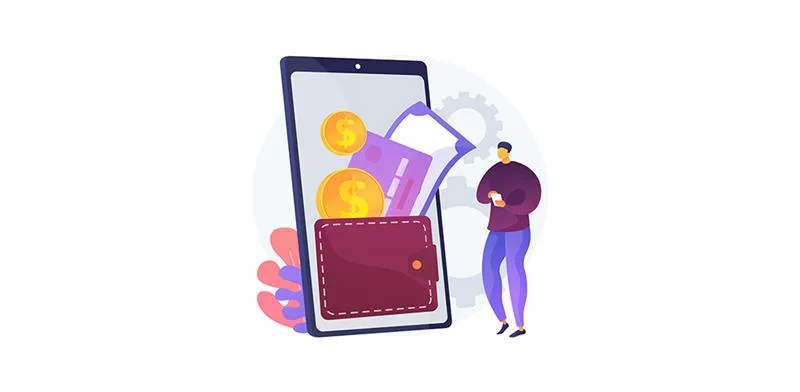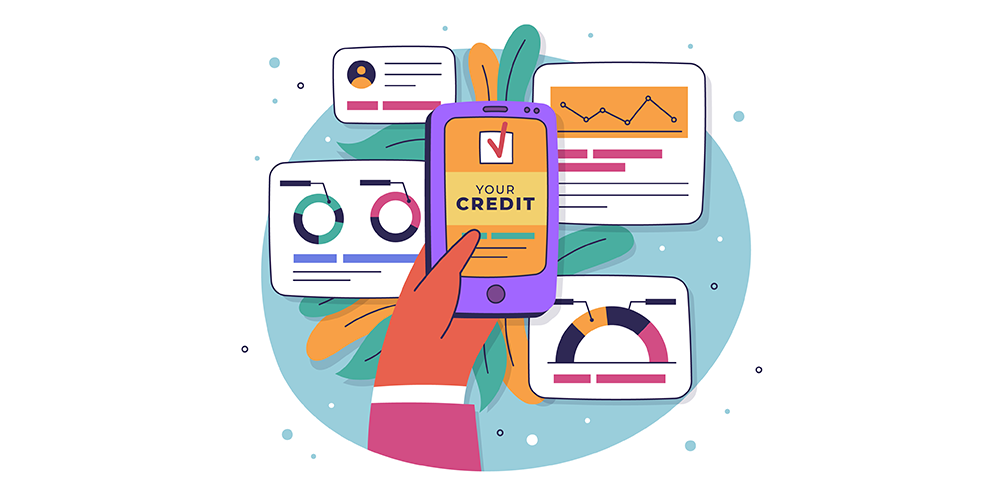Amortization is all about spreading the cost of an asset over time. This also applies for loans, where you break the total amount you owe into small payments, spreading out the repayment of the loan over time. In this brief guide, we will learn what is amortization, the types of amortization and how does amortization work. We will also discuss amortization calculation.
What is Amortization?
Amortization, in simple words, refers to spreading the cost of an asset over a set period. In the case of loans, you make regular payments called EMIs (Equated Monthly Installments), which cover both the loan amount and the interest. However, for intangible assets, such as copyrights or patents, amortization is a way to lower their value over time in financial records.
Types Of Amortization
Full Amortization
- What it means: You pay off the whole loan including principal and interest by the end of the term.
- How it works: You make regular payments every month and each payment includes a part of the loan amount (principal) and some interest. Over time, your monthly interest keeps declining and most of the EMI would go towards repaying the principal loan amount.
Partial Amortization
- What it means: You pay back part of the loan, but not all of it. At the end of the term, you would need to pay a big chunk called a balloon payment.
- How it works: Monthly payments are smaller because you are not paying the full loan amount. In the end, you need to pay the remaining balance at once.
Negative Amortization
- What it means: You pay less than the interest owed so the loan amount grows instead of shrinking.
- How it works: Your monthly payments are very low. The unpaid interest gets added to the loan balance, making it bigger. This can lead to higher costs later.
Straight-Line Amortization
- What it means: You pay the same amount of the loan every month, but the interest changes.
- How it works: At first, payments are high because of the interest. As you repay the loan, the interest part gets smaller.
Bullet Amortization
- What it means: You pay only the interest during the loan term. In the end, you pay the whole loan amount in one go.
- How it works: Monthly payments are smaller as you only pay interest. A large payment is due at the end to cover the loan.
How Amortization Works
Amortization works in very simple steps:
- A borrower takes a loan from the lender: This process begins when someone borrows money from a bank or lender. The borrower then agrees to repay the loan in smaller amounts over a fixed period, usually monthly.
- The repayment is divided into monthly instalments (EMIs): The borrower pays a fixed amount every month known as the EMI. This payment would include two parts – the loan amount (principal) and the cost of borrowing (interest).
- A larger portion of the EMI goes toward the interest in the beginning: At the start, most of the monthly payment is used to pay the interest because the loan amount is still large.
- Over time, a bigger portion of the EMI goes toward the principal: As the loan balance reduces with each payment, the interest becomes smaller. This means more of your monthly payment would starts going toward the principal.
- An amortization schedule is created: A detailed plan showing how much of each payment goes toward interest and principal is created. It also tracks how the loan balance reduces over time.
- The loan is fully repaid by the end of the term: By the last EMI, the borrower has paid off the entire loan amount and all the interest completing the repayment process.
How is Amortization Calculated?
The formula to calculate amortization for loans is:
A = P{i(1+i)^n}{(1+i)^n-1}
Where:
A = periodic payment amount
P = Principal amount
i = interest rate
N = total number of payments
Asset amortization formula:
For intangible assets, the cost is divided by the number of years of its useful life:
Amortization = Cost/Useful Life
These formulas are used to prepare an amortization schedule that shows how the payments or costs are divided over time.
Example of Amortization
Suppose you take out a ₹5,00,000 loan at an 8% annual interest rate for 3 years. Now, using the formula:
- Your monthly EMI would be approximately ₹15,641.
- In the first month, most of the EMI will go toward paying interest, while a smaller part will reduce the loan balance.
- Over time, when the interest reduces and more of your payment goes toward the principal, your loan will be fully paid off in 3 years.

Amortization vs. Depreciation: What’s the Difference?
Here’s the table showing the major differences between amortization and depreciation:
| Aspect | Amortization | Depreciation |
|---|---|---|
| What It Means | Spreading out the cost of a loan or intangible asset over time. | Spreading out the loss of value of a physical asset over time. |
| Applies To | Intangible assets and loans | Tangible assets like cars and buildings |
| Purpose | To manage loan repayments or account for the value of intangible assets | To track the aging of physical assets |
| How It Works | Payments or costs are divided evenly over the loan or asset’s lifespan | Value is reduced over time |
| Examples | Paying off a loan while spreading the cost | Decreasing the value of a car or building |
Benefits of an Amortized Loan
The major benefits of an amortized loan are:
- You can plan your finances well as fixed monthly payments would make budgeting simple.
- There is transparency involved as amortization schedules show exactly how your payments are divided.
- You may also get tax benefits as interest payments may qualify for tax deductions.
- When you make regular payments, it helps you maintain a good credit score.
Conclusion
Amortization simplifies the repayment of loans and the management of intangible assets. Now that you are aware of the concept, use it smartly to make better financial decisions for yourself.
If you are looking for a loan with easy repayment schedules, download the CASHe app. Apply today and get the loan amount disbursed into your bank account within a few hours.










